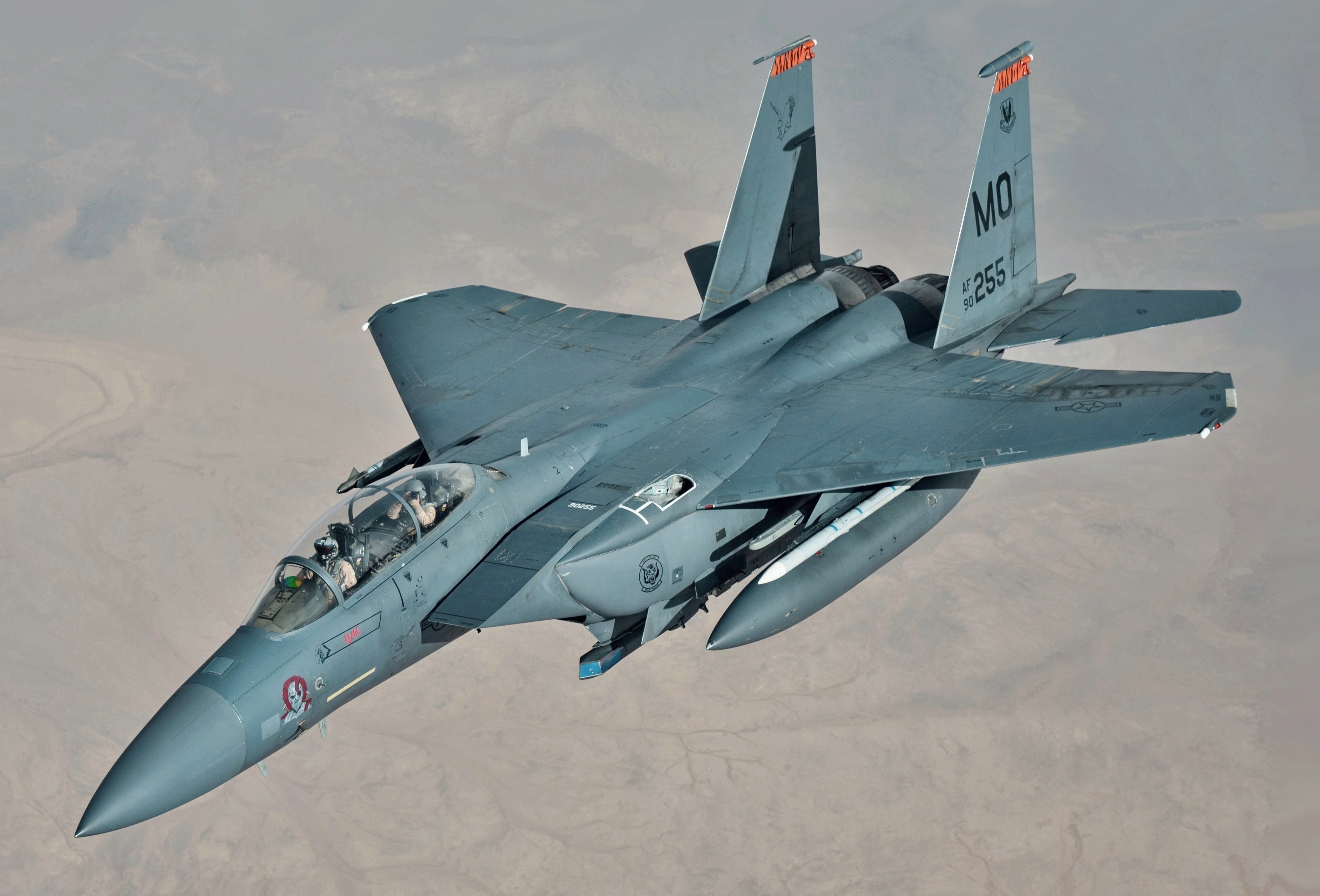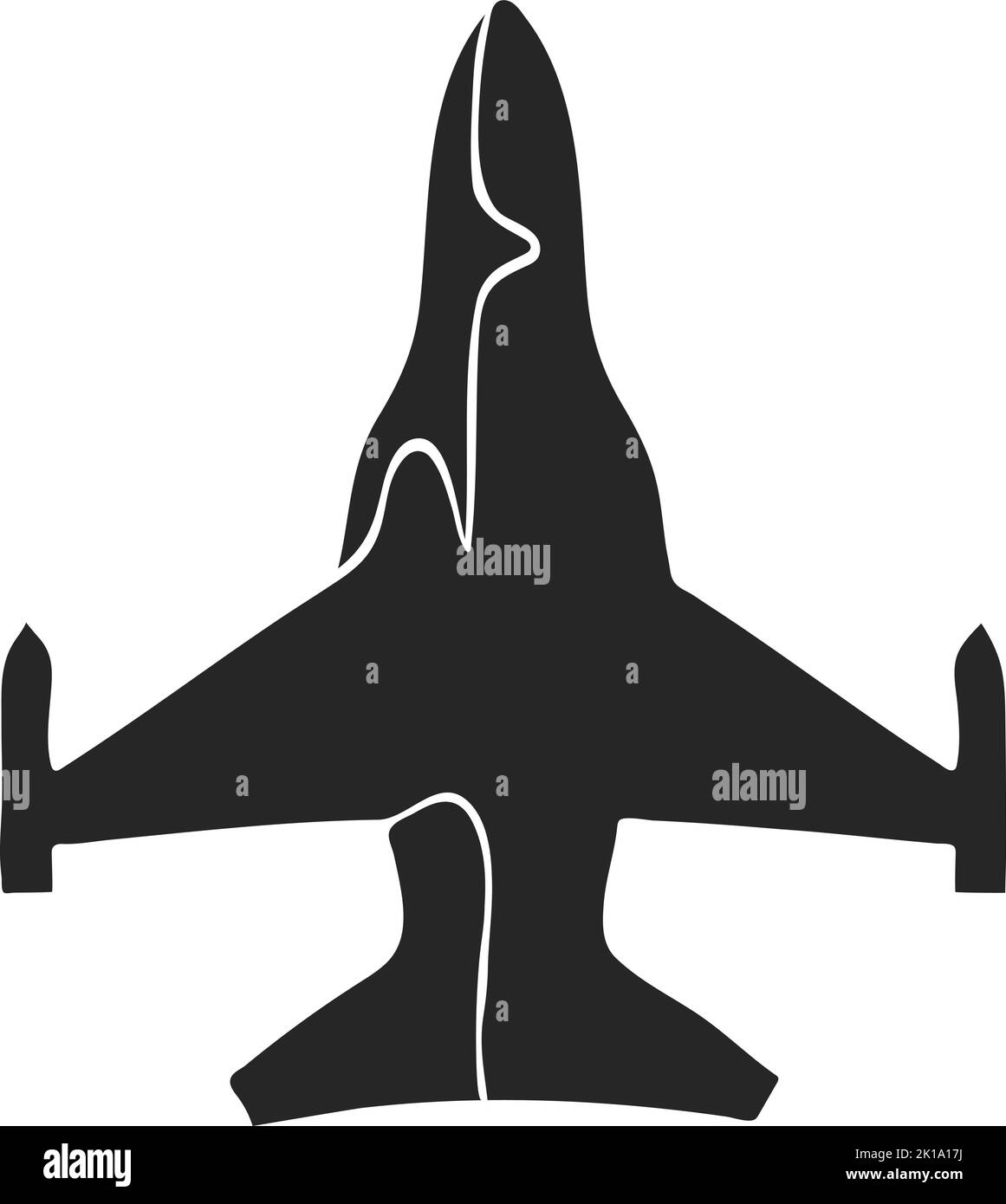F115 Fighter Jet - Derived from the McDonnell Douglas F-15 Eagle. The F-15E was designed in the 1980s for long-range high-speed interception without resorting to anti-aircraft or electronic warfare. United States Air Force (USAF) F-15E Strike Eagles Other variants of the US Eagle can be distinguished by darker aircraft camouflage, the internal ramp-mounted fuel tanks (CFTs) take any (although CFTs can be fitted to an earlier F-15). versions) and a tandem seat cab.
Strike Eagle has been used for military operations in, for example, Iraq, Afghanistan, Syria and Libya. During this operation, the strike fighter has carried out deep strikes against high-value targets and combat air patrols, as well as providing close air support to coalition forces. It is also exported to several countries.
F115 Fighter Jet

The USAF introduced the McDonnell Douglas F-15 Eagle to replace its McDonnell Douglas F-4 Phantom II fleet. Unlike the F-4, the F-15 was designed for an airlift mission with little consideration for a ground attack role; The F-15 Special Projects Office opposed the idea of F-15s performing an interception mission, leading to the phrase "Not a pound of air to ground".
Chinese And Japanese Fighters Clash Over East China Sea
In service, the F-15 has been a successful fighter, achieving over 100 air combat victories and zero losses in air-to-air combat since 2007.
Despite the lack of official interest, McDonnell Douglas was quietly working on the F-15 fighter jet. The company viewed the aircraft as a replacement for the Geral Dynamics F-111 and its remaining F-4s, as well as a supplement to existing F-15 aircraft.
In 1978, the USAF began the All Weather Entry Requirement Study, which looked at the McDonnell Douglas proposal and other options, such as adding the F-111F. The study recommended the F-15E as the strike platform of the future USAF.
In 1979, McDonnell Douglas and Hughes began a close collaboration to develop the air-to-ground capabilities of the F-15E.
Airplane Supersonic Fighter Cut Out Stock Images & Pictures
To aid in the development of the F-15E, McDonnell Douglas modified another prototype, the TF-15A, serial number AF 71-0291, as a demonstration. The aircraft, known as the Advanced Fighter Compability Demonstrator, first flew on July 8, 1980.
It was previously used to test conformal fuel tanks (CFTs) originally designed for the F-15 under the name "FAST Pack", FAST standing for "Fuel and Ssor, Tactical".
It was later fitted with a Pave Tack laser sight aimed at the casing to allow guided bombs to be delivered independently.

In March 1981, the USAF announced the "Tactic Fighter" program to provide a replacement for the F-111. The program was introduced to the Dual-Role Fighter (DRF) competition. The concept envisioned an aircraft capable of launching deep air interdiction missions without additional support or interference from a fighter escort.
Iran Fighter Jet Crashes After Engine Fails, Pilots Survive
Geral Dynamics entered the F-16XL and McDonnell Douglas entered the F-15E. The Panavia Tornado was also a contender, but because the top-of-the-line fighter jet lacked reliable capability and was not American, it was not seriously considered.
A DRF evaluation team led by Brigadier General Ronald W. Yates worked from 1981–30. April 1983, during which the F-15E logged more than 200 flights, demonstrated a takeoff weight of more than 75,000 lb (34 t), and tested 16 different gun bearing configurations.
McDonnell Douglas assisting with the 71-0291 evaluation added additional F-15s to the program, designated 78-0468, 80-0055, and 81-0063. The single-engine F-16XL was a promising design that greatly improved performance with its dramatically redesigned swept-triangle wing; If selected, the single-seat and two-seat versions were designated the F-16E and F-16F, respectively.
On February 24, 1984, the USAF selected the F-15E; The main factors in the decision were the lower development costs of the F-15E compared to the F-16XL ($270 million vs. $470 million), the belief that the F-15E has future growth potential, and that he had double the unemployment rate.
Mcdonnell Douglas F 15 Eagle
Construction of the first three F-15Es began in July 1985. The first of them, 86-0183, made its first flight on December 11, 1986.
Piloted by Gary Jennings, the plane reached a top speed of Mach 0.9 and an altitude of 40,000 ft (12,000 m) during the 75-minute flight.
This aircraft had the full F-15E avionics suite and a redesigned front fuselage, but no rear fuselage and shared gene bay.

The latter was introduced in 86-0184, while 86-0185 incorporated all the F-15E's changes from the F-15.
Russia Unveils New Fleet Of 'invisible' Supersonic Fighter Jets
The first production F-15E was delivered to the 405th Tactical Training Wing at Luke Air Force Base, Arizona in April 1988.
The F-15E was upgraded with Raytheon's APG-82 Active Electronic Scanned Array (AESA) radar after 2007, with the first test radar delivered to Boeing in 2010.
It combines the APG-79 processor used in the F/A-18E/F Super Hornet and the APG-63 (V) 3 AESA antenna installed in the F-15C;
Which also includes wideband radar (possible operation at increased radar frequencies) and improvements to vironmt control and electronic warfare.
Aircraft 166622 (boeing F/a 18f Super Hornet C/n F115) Photo By J.g. Handelman (photo Id: Ac543725)
The F-15E is expected to remain in service beyond 2025 due to its airframe durability twice as long as previous modifications.
The USAF F-15E fleet had an average age of 21 years and an average flight time of 6,000 hours. In 2012, it was reported that the USAF was considering future options; There is no slate for the F-15E. In 2021, Boeing said its F-15EX Eagle II aircraft will replace the USAF's fleet of F-15C Eagle fighters, with the option to also begin fielding F-15E Strike Eagles instead.
The F-15EX Eagle II closely follows the Strike Eagle design, with a two-seat configuration and additional air-to-ground capabilities. The USAF has stated that they are considering the F-15EX as a replacement for the Strike Eagles at a later date.

Another option is the F-35 Lightning II, which replaced other aircraft such as the F-16 Falcon; An F-35E variant was studied. Adding a second seat to the F-35 is complicated and expensive, especially to maintain its stealthy profile; it would also be difficult to offer greater range and payload. Alternatively, the role can be covered by a fighter-bomber combination such as the B-21 Raider. The F-15E can also be replaced with a pure sixth generation aircraft design.
How To Fold An Origami F 16 Plane
On March 24, 2014, Boeing won a $30.6 million contract from DARPA as part of the Airborne Launch Assist Space Access (ALASA) program. The program aims to cut the cost of putting microsatellites into orbit by 66% thanks to advances in launch systems. Under the 11-month contract, Boeing will build twelve 24-foot (7.3 m) launchers, each with a payload of 100 lb (45 kg). The ALASA vehicle will be installed below the F-15E, which will rise to 40,000 tons, be released and fired in its four generations to reach low Earth orbit. Awarding the contract to Boeing would require the F-15E as the vehicle, as previous design contracts were awarded to Lockheed Martin to operate the F-22 Raptor and Virgin Galactic to operate the SpaceShip Two spacecraft. DARPA had previously stated that it wanted to select an aircraft that would not need to be significantly modified to carry and launch the ALASA payload.
The deep strike mission of the F-15E is radically different from the original intt of the F-15 as it was designed as a high altitude fighter with the mantra of "no air to ground pound".
However, the basic airframe was flexible enough to create a very capable strike fighter. Although designed for ground attack, the F-15E retains the air-to-air maneuverability of the F-15 and is capable of defending against enemy aircraft.
The F-15E prototype was a two-seat conversion of the F-15B. Regardless of its origin, it contains important structural changes and more efficient genes. The stern was designed to accommodate more powerful gens with advanced gen nest structures and doors that include superplastic molding technology and a release link. The rear seat is equipped with a weapon systems officer (WSO, known as a "wizzo") to control the air-to-ground avionics via multiple stations. they look at radar, electronic warfare or thermal cameras, monitor the status of aircraft or weapons and possible threats, select targets and use an electronic mobile map for navigation. Two manual controls are used to select new screens and update target information; screens can be moved from one screen to another using different screen options. Unlike earlier two-seat jets (e.g., the F-14 Tomcat and Navy versions of the F-4), which have a rear-seat left-hand flight controller, the F-15E's rear seat is equipped with its own stick and thrust until the WSO can take over. fly even when visibility is reduced.
The 19 Most Badass Spy Planes
For extended range, the F-15E is equipped with two conventional fuel tanks (CFTs) that surround the fuselage, producing less drag than above-ground and above-ground conventional tanks. They hold 750 US gallons (2,800 L) of fuel and carry six hard rounds in two rows of three. Unlike conventional drop tanks, CFTs cannot be used, so the longer range is a trade-off for more drag and weight compared to a "clean" setup.
The Tactical Electronic Warfare System (TEWS) integrates all of the ship's countermeasures: radar warning receivers, radar jamming receivers, radar and chaff/lamp transmitters are all connected to the TEWS to provide complete protection against detection and tracking. This system includes an externally mounted ALQ-131 ECM pod carried on a wh-cterline column
Second degree assault washington state, 2nd degree assault sentence, 2nd degree aggravated assault, 2nd degree assault mn, 2nd degree assault, 2nd degree assault definition, 3rd degree assault washington state, 4th degree assault washington state, 2nd degree felony assault, 4th degree assault washington, what is assault 2nd degree, 2nd degree assault charges